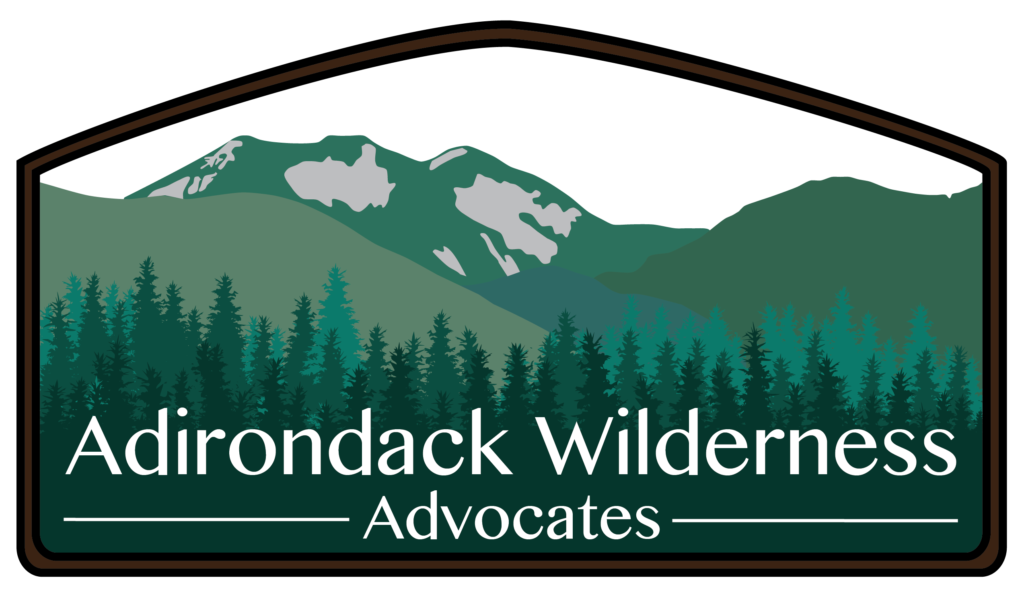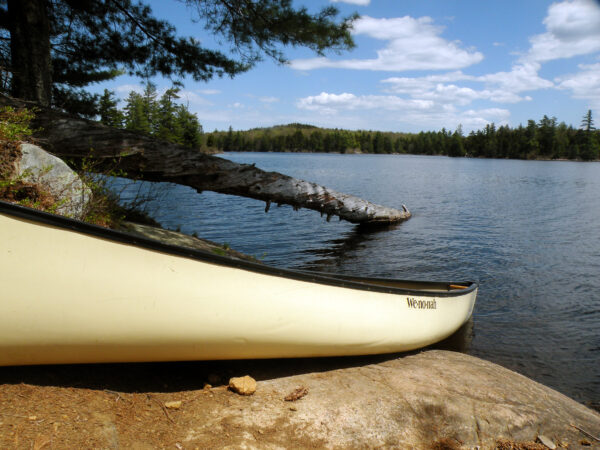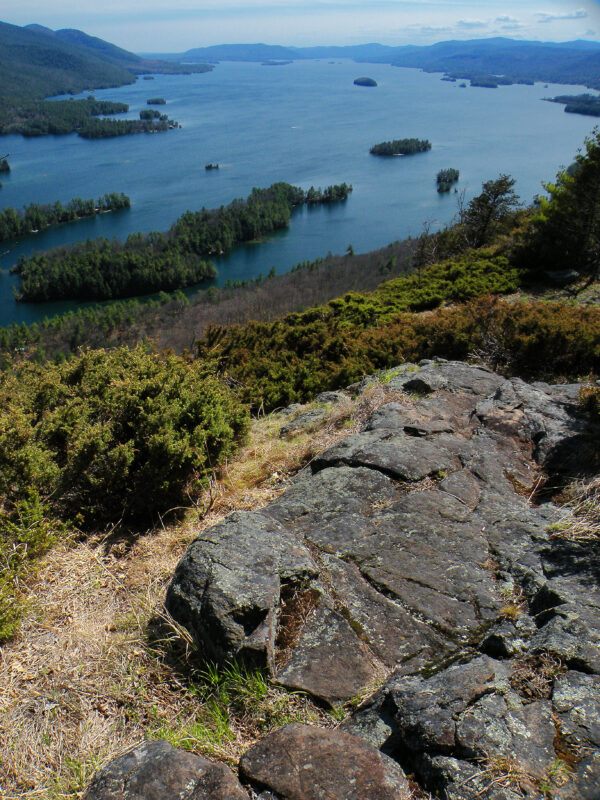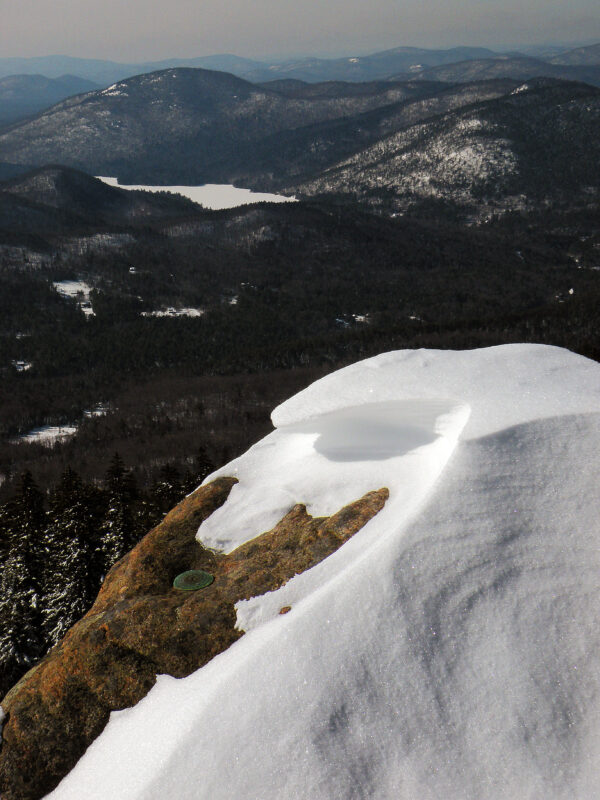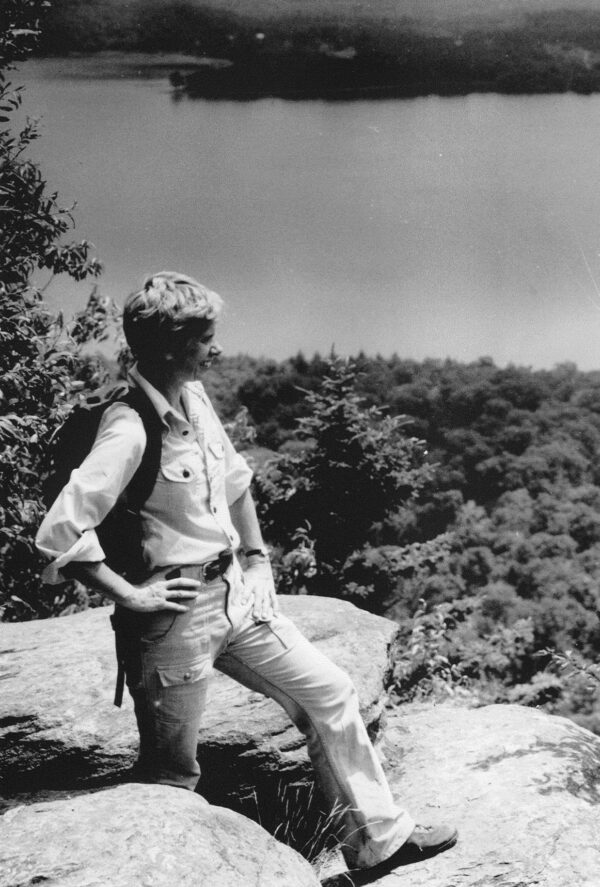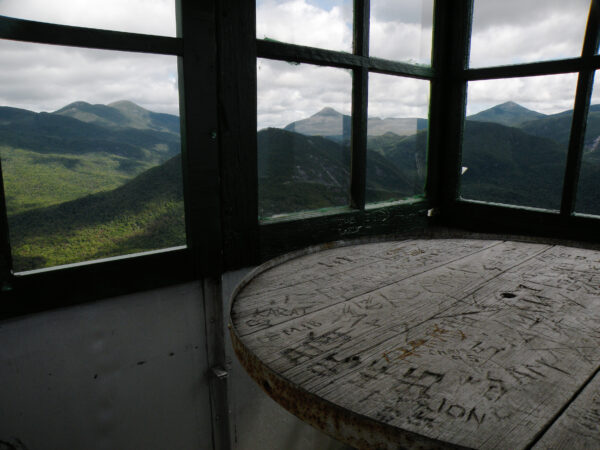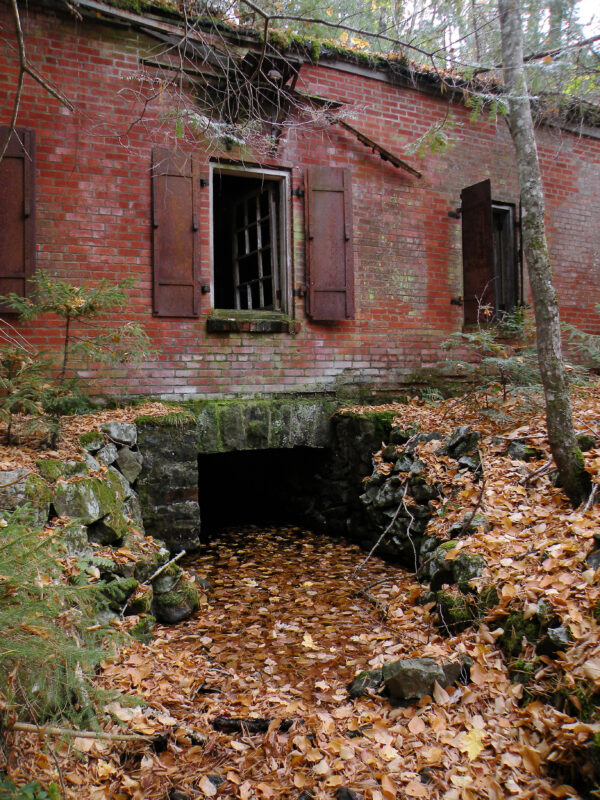In this episode of the Wild Thoughts Podcast, Bill Ingersoll and Pete Nelson discuss the meaning and value of wilderness with eminent Adirondack historian Philip Terrie.
The Road to Tongue Mountain
Park concerns the struggle for power over the construction of highways, and a really fascinating example of one of these battles, which transpired between activists and powerful, well-moneyed interests, took place at Lake George in 1923.
Paul Schaefer’s Winter Ascent
Part 3 of 3 Automobiles enabled a new generation of suburbanites from the Mohawk and Hudson valley regions to begin visiting the mountains more frequently. Some of these people acquired rustic cabins built by the early homesteaders and converted them into camps. Paul Schaefer, a contractor from Schenectady, was one such person.
The Era of Referendum and Recall
It seems to me that a decision concerning the best management or ownership for Follensby Pond is one that will require plenty of study and deliberation, with the help of a goodly number of “citizen watchdogs.”
The Paint Mine and the Tower
Part 2 of 3 Locals regarded Crane and Huckleberry mountains as places to pick berries—specifically blackberries, raspberries, and huckleberries (blueberries)—as well as a source of paint pigment and other minerals. Outsiders, however, viewed the mountain in terms of its recreational potential.
The Lady of Crane Mountain
Part 1 of 3 The former Crane Mountain guide and log skidder also returned annually to the Adirondacks, where she continued to feel a connection to the rugged landscape and the people who sought a living there.
An Advocate for Trails
Part 3 of 4 Here this account takes on a new perspective, because I view what happened during the past quarter century as one who was actively involved. In the early 70s I completed my graduate work, started hiking again, and became an advocate for trails. As an advocate for dispersing hikers throughout the Park, I was frustrated from the start in ways I never expected.
Trails in the Mountain Pleasure Grounds
Part 2 of 4 The Laws of 1895 authorized the state to lay out paths in the newly created Adirondack Park. There is little evidence that anything was done at that time. In 1909 Governor Hughes advocated trails and roads to give greater access to the “mountain pleasure grounds.” As it turned out, recreational trail building by the state began a few years later, not because of Hughes’ plans, but in a rather circuitous way.
A Short History of Adirondack Trail Building
Part 1 of 4 Hindsight is wonderful! With what we know about the Adirondacks today and what we know about building trails, we could devise the most wonderful trail network, one that would protect the fragile slopes of the High Peaks, take hikers to mountaintops all around the Park, and ameliorate problems of overuse and under-use.
Remembering Paul Schaefer: Camp Life at the Cataract Club
The Cataract Club was not a formal organization with charter members and bylaws. There was no tar-paper cabin standing on a paper company lease. The camp was a surplus Army squad tent erected each season on the same campsite located high in a valley on the back side of Eleventh Mountain.
